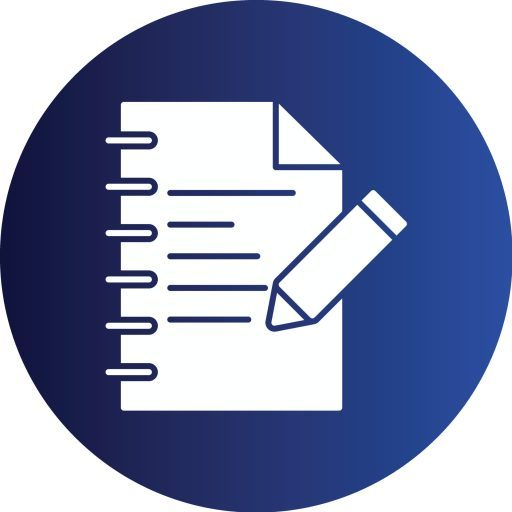Identify Common Childhood and Adolescent Behavioral Disorders
The behaviors that occur in childhood are developmental in nature.
There are specific cognitive and biological milestones that most children accomplish in a positive manner. However, some children struggle due to a variety of factors and problematic behavior and behavioral disorders can emerge. This greatly differs from intellectual/developmental disorders that children are born with. Throughout this section. remember to examine behavioral disorders in these two developmental stages: childhood and adolescence.
The common behavioral disorders that tend to express themselves in childhood and adolescence include anxiety, depression, and disruptive behavioral disorders, and the etiology can be genetics (anxiety) environment (neglect, abuse, family dynamics), and the interaction of these factors. These are all concepts that you will explore as you examine non-normative or atypical behaviors that result in these behaviors being defined as psychopathological.
As you review and dig deeper into these disorders, you must be clear that what you are referring to is mental health in children and that this is often manifested in their behavior.
Overview of the Basics
It is important to understand that all children have problems and that we are interested in those behaviors that become serious. Often childhood behavioral disorders are socio-behavioral or socio-cultural in nature, rather than solely genetic. Child behavioral disorders can begin when a child is a toddler, and then as the child becomes older, other behavioral disorders can manifest themselves. This is due, in part, to the development of cognition and language. A good way to look at this is to think about how toddlers and young children express themselves. Their language skills might be limited, so they will act-out with behavior (tantrums), while teenagers, who is in the formal-operational stage of cognitive development, can express words and feelings.
The most common child mental disorders are anxiety disorders (i.e., separation anxiety, school refusal), depression, and disruptive behavior disorders (oppositional defiant disorder, conduct disorder).
Reference
Data Resource Center for Child & Adolescent Health. (n.d.). Behavior problems by family structure [Image]. National Survey of Children’s Health.
MacMillan, H. L., & Wathern, C. N. (2016). Research : Intervention to prevent child maltreatmen. Preventing Violence Across the Lifespan Research Network. London, ON.
During this lesson, you have explored an overview of behavioral disorders in childhood and adolescents. If you were a parent without any understanding of behavioral disorders or how to help your child, you can see how overwhelming it can be when a child is diagnosed. For this assignment, explore online websites that are educational in nature with the content geared toward reaching parents. Provide an assessment on how helpful and effective these websites are.
Instructions
Be sure to review three websites, and then prepare an assessment of these sites by answering the following questions for your assignment.
- Who is the intended audience of the website?
- Does the person(s) producing the content have credibility to do so? Is the person qualified to write this content?
- Is the information provided supported by research?
- Was the information easy to understand with the wording and language used?
- Were concrete suggestions provided to parents that conveyed support?
- What specific behavioral disorders were addressed on these sites?
- If you were a parent with a child or adolescent behavioral disorder, would this site be helpful?
- Did you find these sites credible?
- Determine which level of progression does the content being evaluated falls under (such as first episode of problem behavior, chronic or recurrent problem behavior).
You are not expected to know if the information is reliable and accurate because this is an exercise where you are being asked to view these websites from a parent’s perspective.
Length: 4-5 pages, not including title and reference pages
References: Include your citations for your 3 websites plus at least two other resources from the readings and/or outside resources. Any outside resources you choose to include should have been published within the last 5-7 years.
Be sure to review this lesson’s resources carefully. You are expected to apply the information from these resources when you prepare your assignments.
Your assignment should demonstrate thoughtful consideration of the ideas and concepts presented in the course by providing new thoughts and insights relating directly to this topic. Your response should reflect graduate-level writing and APA standards.

